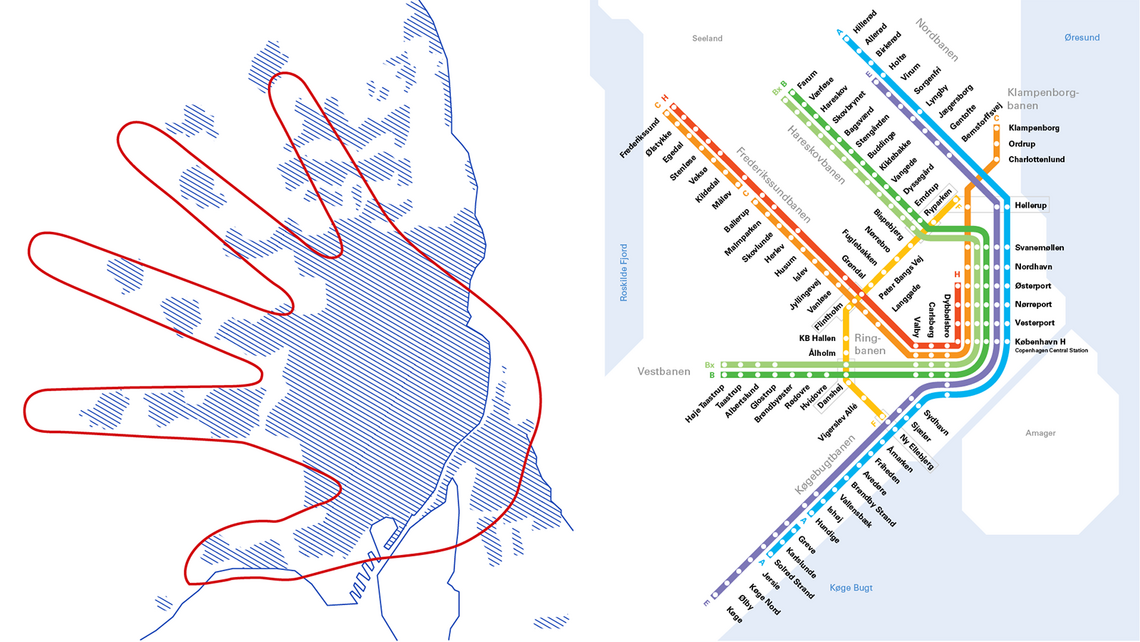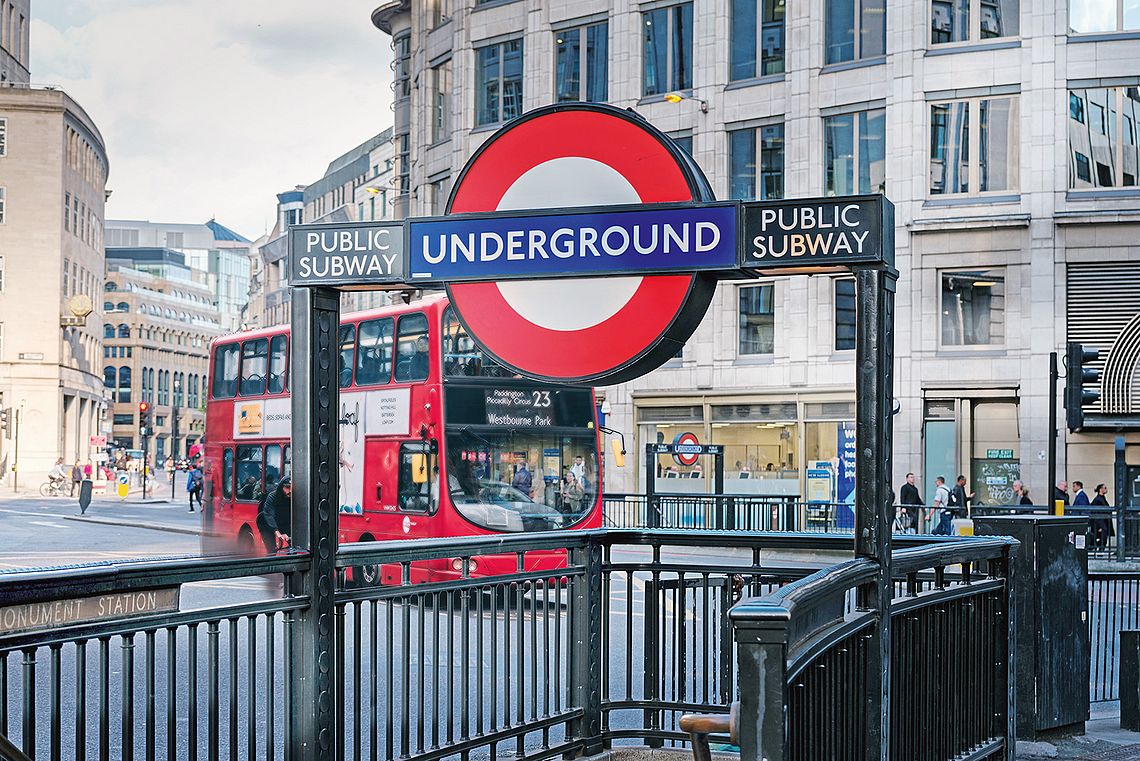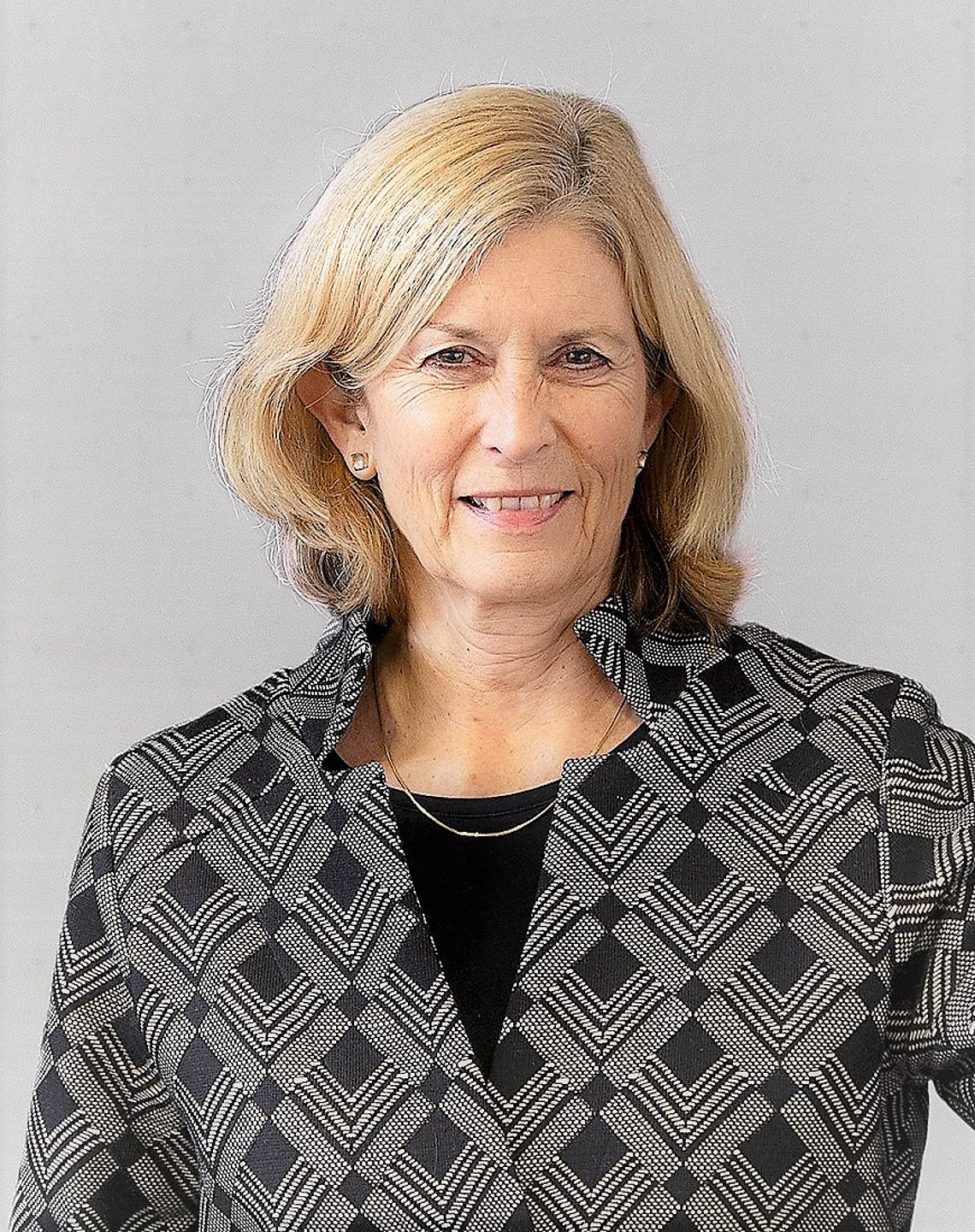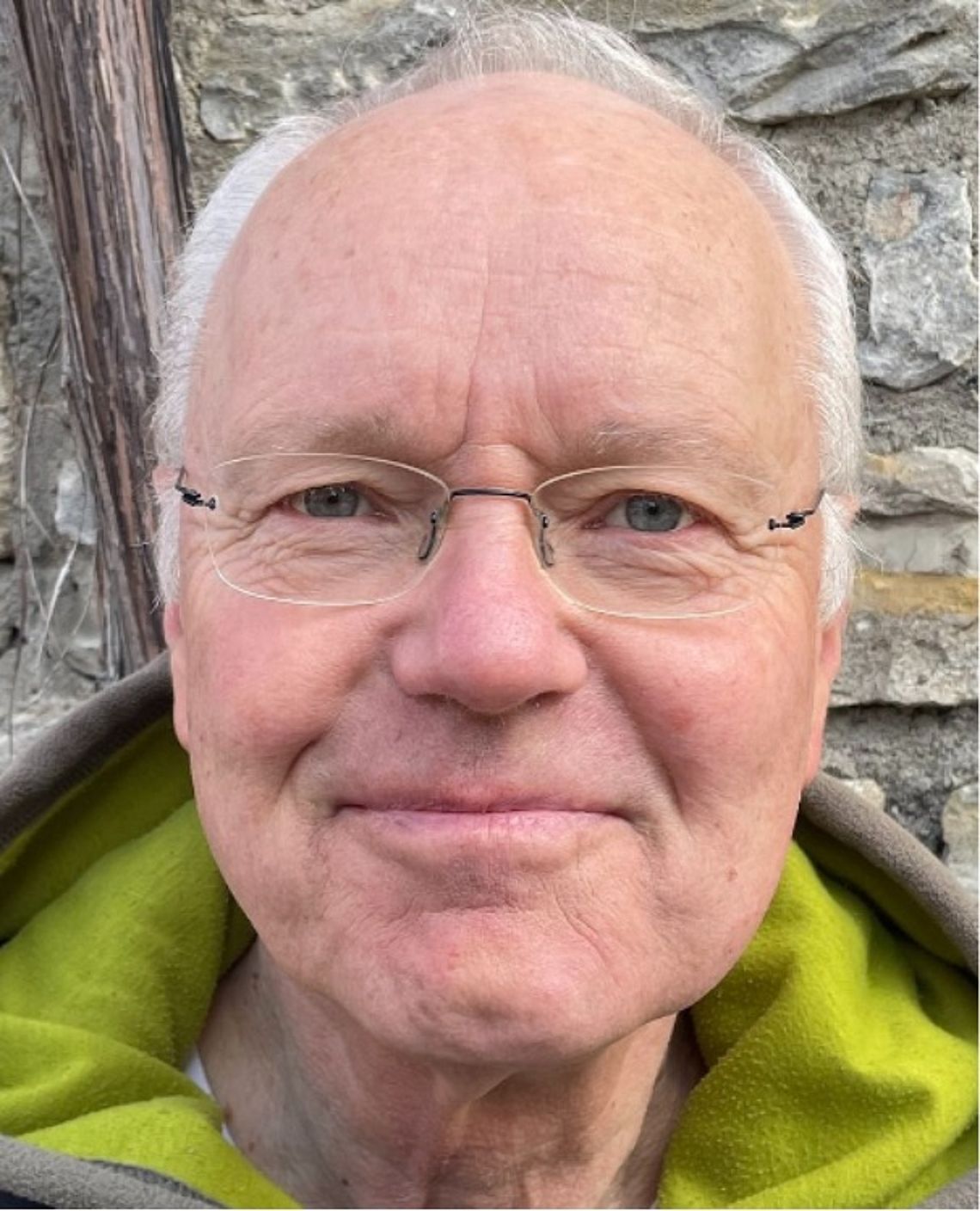Road tunnels are not just about technical issues. They also redistribute access to travel – in both spatial and temporal terms. In the future, infrastructures will thus need to do justice to a particularly important issue: time.
Reading time: 5 minutes
In cities, construction projects produce infrastructure that dictate the lives of inhabitants and visitors for many years. The most durable infrastructures tend to be linear. This is seen in ancient cities, where even today people still move around above streets that were first laid in Roman times or the Middle Ages. Other underground infrastructures that stay in place for a very long time – and thus shape life above ground – include canal systems and traffic tunnels.
Time prosperity becomes increasingly important
So how important is time to city-dwellers? On the one hand, time is important when it comes to deadlines, the timings that define planning schedules, construction, maintenance, and repairs. But it’s also about longer-term considerations, the durability and impact of human infrastructure over time, as well as the effect infrastructures have on what users and inhabitants do with their time – or how they perceive time, save time, or even waste it.
“Distributing time fairly
– temporal justice – will
become an increasingly
important criterion for
sustainable development
in the future.”
Many planners, in all corners of the globe, are currently trying to ensure society, cities, and municipalities cater to everyone, that public spaces are equally accessible to all, or (as stipulated in Germany under the Federal Regional Planning Act) people enjoy “well-balanced” living conditions. Aside from safeguarding material property, it’s becoming increasingly important to protect people’s right to use time as they will – autonomy in time. The same applies to having enough time, or temporal prosperity. As a result, distributing time fairly – temporal justice – will become an increasingly important criterion for sustainable development in the future.
Distances shorten or increase
Moving around under the ground is largely independent of what happens above the ground. It would be impossible to imagine the major cities of our time without multipurpose tunnels, subway systems, and road tunnels. Cities use underground systems to expand transportation capacities and shorten travel times. The problem is subterranean routes can only be accessed at specific points where there are stations and access roads. Underground access is more complex than above the ground. It’s often also more broad-based and less adaptable than travel routes that don’t depend on fixed routes.
When new metro lines are constructed, the benefits they offer to the population depend on the extent to which they dovetail with overground transportation, or even substitute it. If a new subway line does substitute other travel options, it might accelerate travel between stops – like shrinking space. However, in parallel to this the often more interwoven overground network will also thin out – like replacing infrastructure. Consequently, people living near stations stand to benefit, whereas spatial and temporal access will worsen for people living farther away.
When this happens, so-called spatial torsion takes place. The distance between locations that are actually closer to one another widens in temporal terms – travel takes longer. An example of such spatial torsion would be the local transportation system in Paris, which revolves around the downtown area.
“Fair procedural mechanisms and fair distribution lay a foundation for infrastructures that act as lifelines in cities. Such cities are equitable in temporal terms and allow everyone to participate in city life.”
The goal: cities with short journeys for all
When it comes to accessing local transportation, substituting the network of stations, expanding it, or doing both can thus result in gaps opening up – in spatial or temporal terms. Bit by bit, irregular development and access will result in further spatial and temporal inequalities and this leads to injustices. An example of this: people on lower incomes, typically living in the suburbs or working shifts, who depend on public transportation. They can be particularly badly affected by such gaps.
The goal, planning cities to offer short journeys for all, will not be realized if substituting infrastructures results in torsion. To ensure transportation and travel options are fair, urban planners must not lose sight of the need to enjoy socially equitable mobility, and not just faster mobility.

The Copenhagen “Finger Plan”, which aims to design balanced housing and transport to defined corridors, has the appearance of a hand with spread fingers.
If constructing new underground routes does open new areas, the drawbacks of torsion are offset by the benefits of upgraded areas, for example by providing new housing or commercial space. Under certain circumstances, upgrading areas allows new and inclusive centers to form. Then, a city or district is put in place offering short travel distances around new intersections, at least in some areas.
In exemplary fashion, in 1947 the city of Copenhagen embarked on its Five Finger Plan and started “bunching together” modern settlements along five central transportation axes. The travel routes extend into outlying areas like fingers (transportation lines) and knuckles (districts). The empty spaces between the fingers have been kept free. This model is still considered a shining example of equitable development, including the environmentally sustainable conservation of nature in between.

Well-connected, reliable and easily accessible. A well-functioning local transport network ensures temporal justice for the residents.
© Hanlin Sun, Jonathan Chng, Anne Nygård, Guilherme Stecanella / Unsplash
“To ensure transportation and travel options are fair, urban planners must not lose sight of the need to enjoy socially equitable mobility, and not just faster mobility.”
Time prosperity, inclusion, sustainability go hand in hand
For some years now, planners in all areas of the world have been placing more emphasis on the concept of people having enough time – time prosperity – but also infrastructures being inclusive and environmentally sustainable. Planning a temporally just city involves thinking not only about spatial considerations, but also about how much time people have. This prepares cities for the future, with more fairly shared infrastructures. To do this, you ensure people have enough time – time prosperity – and can decide what to do with their time – autonomy in time – as a fundamental principle of equitable distribution.
Fair procedural mechanisms and fair distribution lay a foundation for infrastructures that act as lifelines in cities. Such cities are equitable in temporal terms and allow everyone to participate in city life. Such approaches should always come into play when planning future-proof infrastructures – the very moment it becomes important to consider social and temporal fairness.
Prof. Dr. Caroline Kramer
is a Professor of Human Geography at Karlsruhe Institute of Technology (KIT). Kramer researches and teaches on topics in urban and population geography. Her focus is on the "temporally just city" with the goal of enabling and ensuring time prosperity and autonomy in time for residents. Mobility plays a key role for the equitable relationship of space and time in the city.

Prof. Dr. Dietrich Henckel
is an emeritus Professor of Urban and Regional Economics at the Institute of Urban and Regional Planning at TU Berlin. Henckel calls himself an avid urbanist and urban researcher. Together with his colleague professor Caroline Kramer, Henckel works intensively on the topic of the "temporally just city". He also researches the areas of economic structural change, time and urban development, night in the city and artificial lighting.

Header image: © Rodrigo Kugnharski / Unsplash